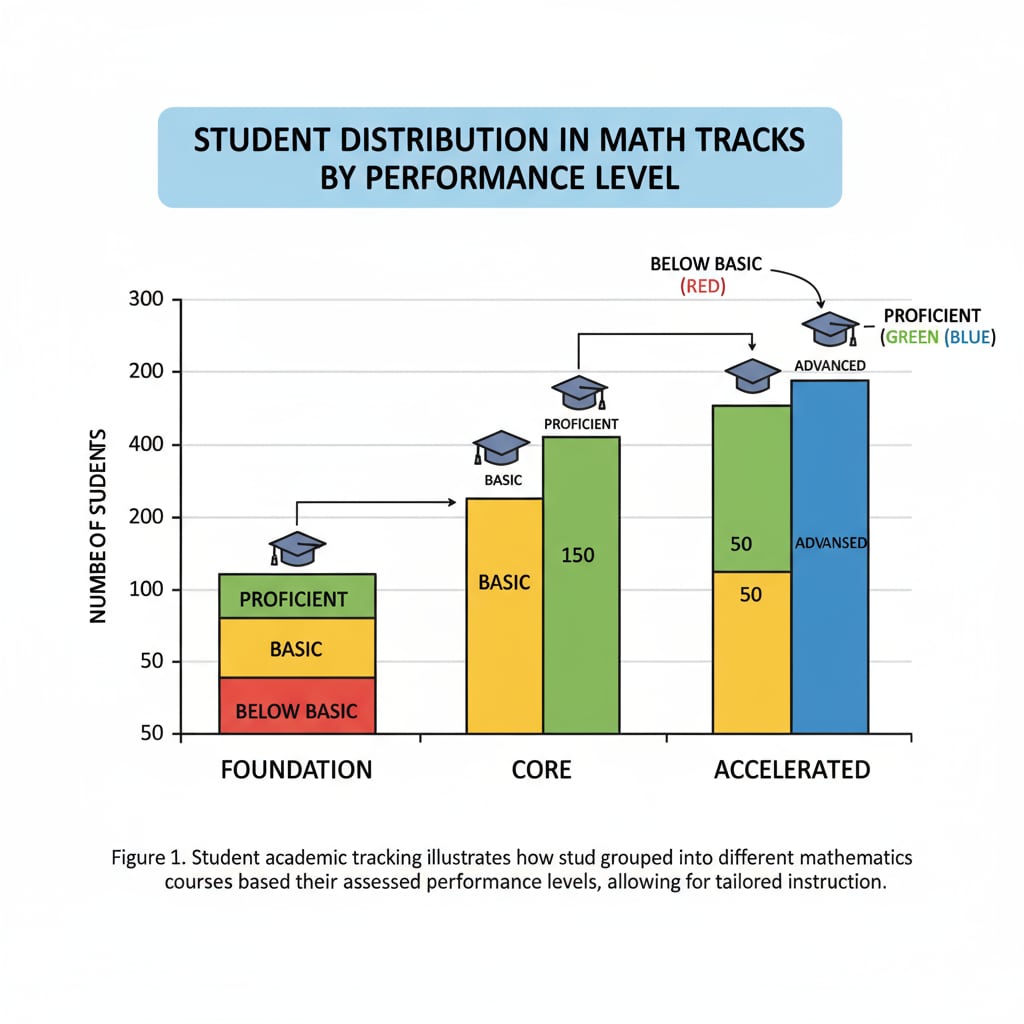Teacher shortages, student tracking, and math education are intertwined issues that significantly impact the quality of K12 education. In recent years, the question of whether eliminating the high-risk student tracking system can ease the teacher shortage has become a topic of intense debate. This article aims to explore this complex relationship and its implications for educational equity and resource allocation.

The Current State of Teacher Shortages
The teacher shortage crisis is a widespread concern across the country. Many schools are struggling to fill teaching positions, especially in subjects like math. According to National Center for Education Statistics, the demand for math teachers has been steadily increasing, while the supply has not kept pace. This shortage has led to larger class sizes, limited educational resources, and a negative impact on student learning outcomes.
The Role of Student Tracking in Math Education
Student tracking, particularly in math education, has long been a common practice in K12 schools. It involves separating students into different groups based on their academic performance and abilities. Proponents argue that tracking allows teachers to tailor instruction to the needs of individual students. However, research has shown that early math tracking can have detrimental effects on educational equity. For example, students from disadvantaged backgrounds are more likely to be placed in lower tracks, limiting their opportunities for advanced math courses and future academic success. American Federation of Teachers has raised concerns about the potential of tracking to reinforce educational inequalities.

Furthermore, the practice of tracking also contributes to the teacher shortage problem. Teachers assigned to lower tracks often face greater challenges, including students with diverse learning needs and limited motivation. This can lead to higher teacher burnout rates and turnover, further exacerbating the shortage of qualified teachers.
The Potential Impact of Eliminating High-Risk Student Tracking
Eliminating high-risk student tracking could have several positive implications for teacher shortages. By creating more inclusive classrooms, teachers would no longer be required to manage multiple levels of instruction simultaneously. This could reduce their workload and stress, making the teaching profession more attractive. Additionally, with a more diverse group of students in the same classroom, teachers would have the opportunity to develop more innovative teaching strategies that benefit all students. This could lead to improved job satisfaction and retention rates among teachers.
However, implementing such a change also presents challenges. Teachers may need additional training to effectively teach a more diverse group of students. Schools would also need to invest in resources and support systems to ensure that all students receive the necessary assistance. But overall, the long-term benefits of eliminating high-risk student tracking in terms of teacher shortages and educational equity could be substantial.
Readability guidance: As we’ve seen, the issues of teacher shortages, student tracking, and math education are complex. By understanding the relationships between these factors, we can work towards more effective solutions. Short paragraphs and clear lists help to summarize key points, and the use of external links provides reliable sources of information. Transition words like ‘however’ and ‘additionally’ help to connect ideas smoothly, ensuring a more accessible and engaging read for the audience.


